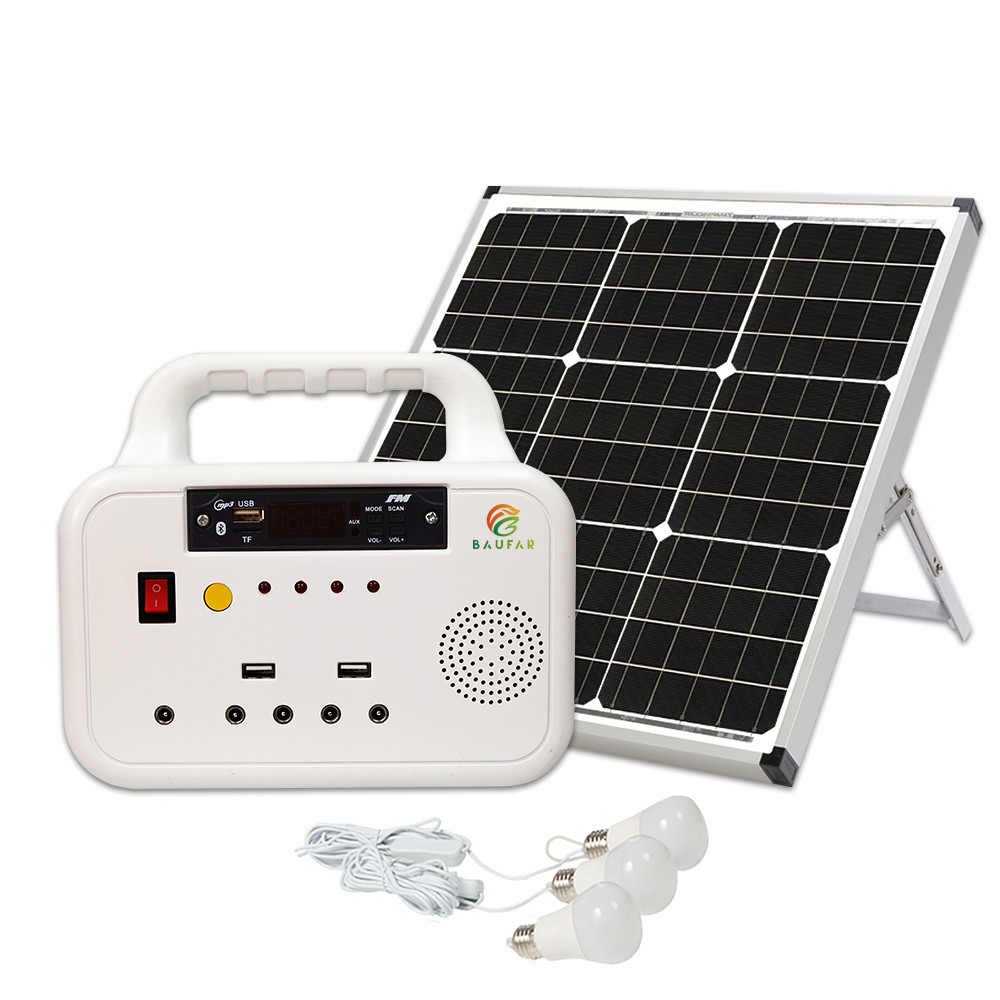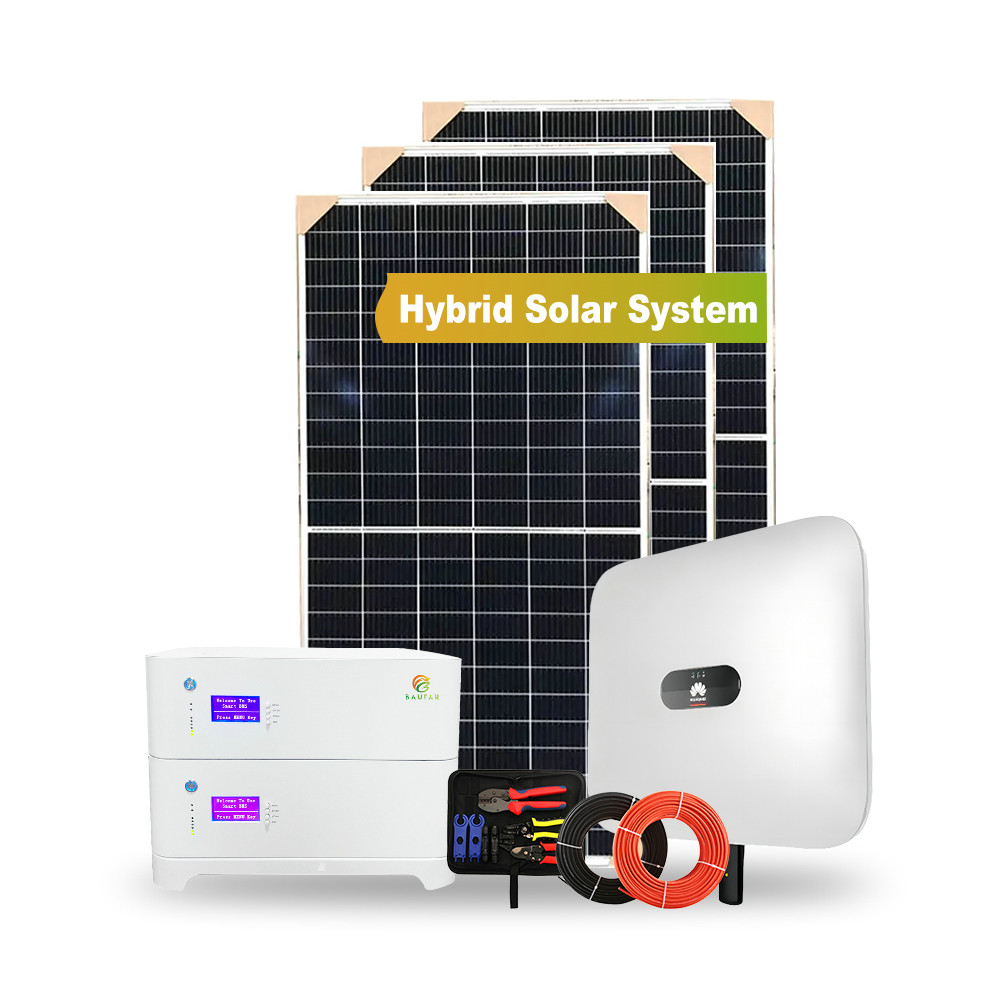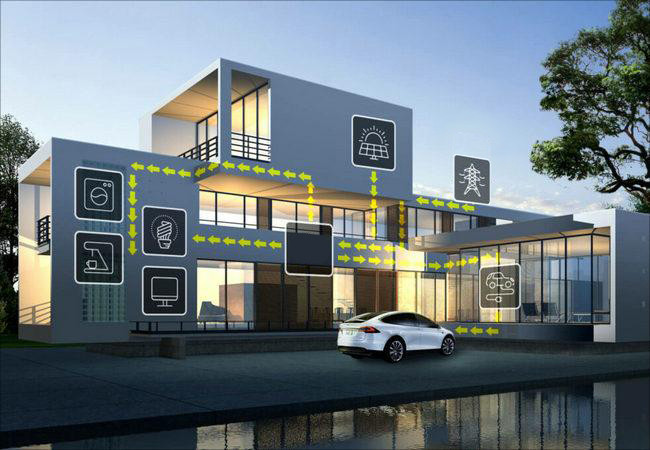About Us
Hefei BAUFAR Power Technique Co.,Ltd., founded in 2012, specializes in R&D, manufacturing, and marketing of Energy Storage System. Our products line includes residential Energy Storage Battery, and Portable Power Station. Also, we design and supply Solar Systems to customers. BAUFAR has passed factory systems and product certifications like ISO9001, UN38.3, MSDS, TUV certificates, etc. BAUFAR insist on the value of “reliable, professional and win-win”, - the goal is to help our customers save money by making their homes more energy-efficient through our reliable and professional energy solutions. We made it our purpose to let our customers and partners worldwide to enjoy a clean, reliable and affordable energy future and we believe that BAUFAR is the best partner to provide you with the smart power energy system solutions. You are also welcome to be our global agent!
 Residential ESS
Residential ESS
 Portable Power Station
Portable Power Station
 Solar System
Solar System







